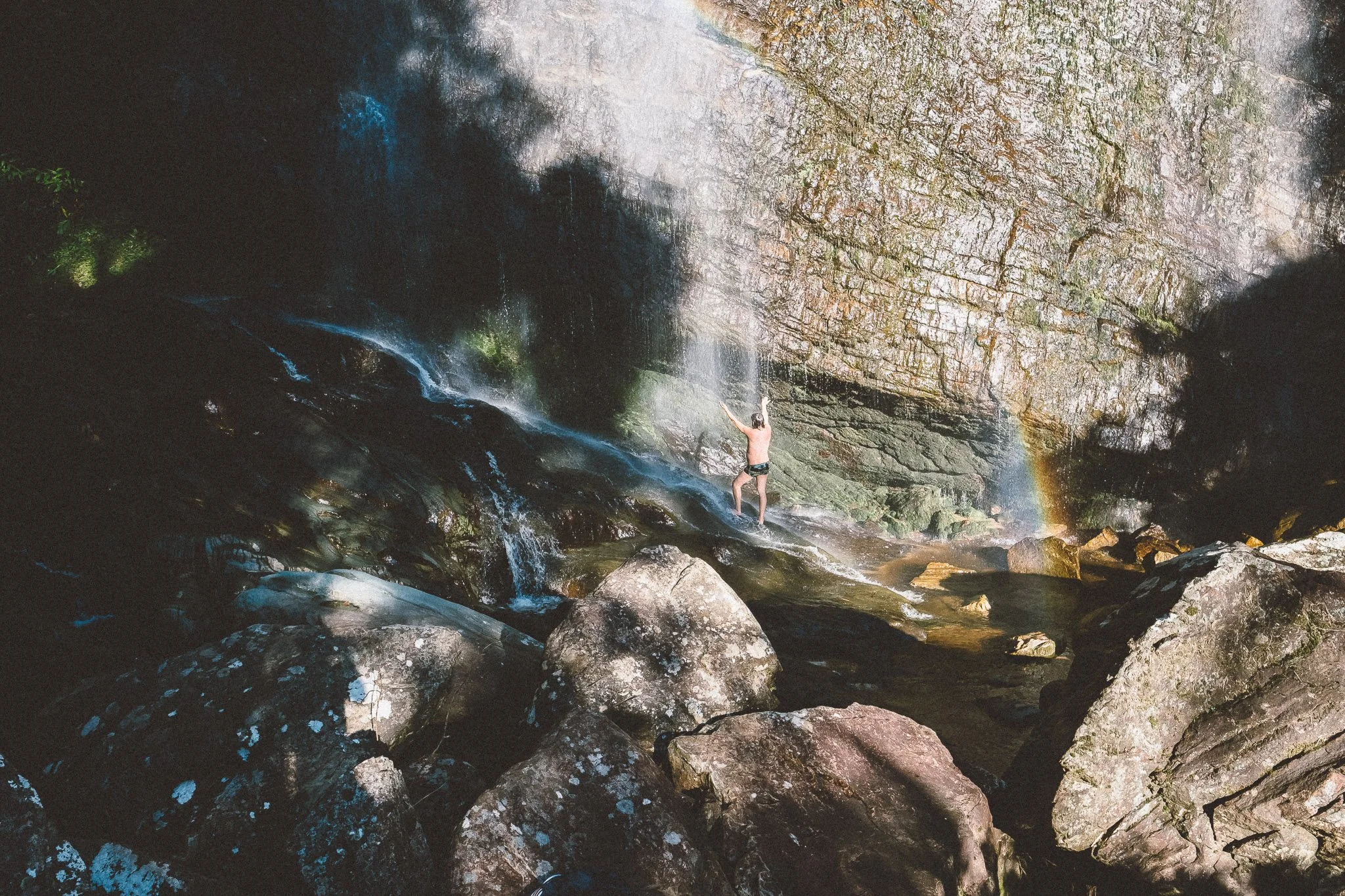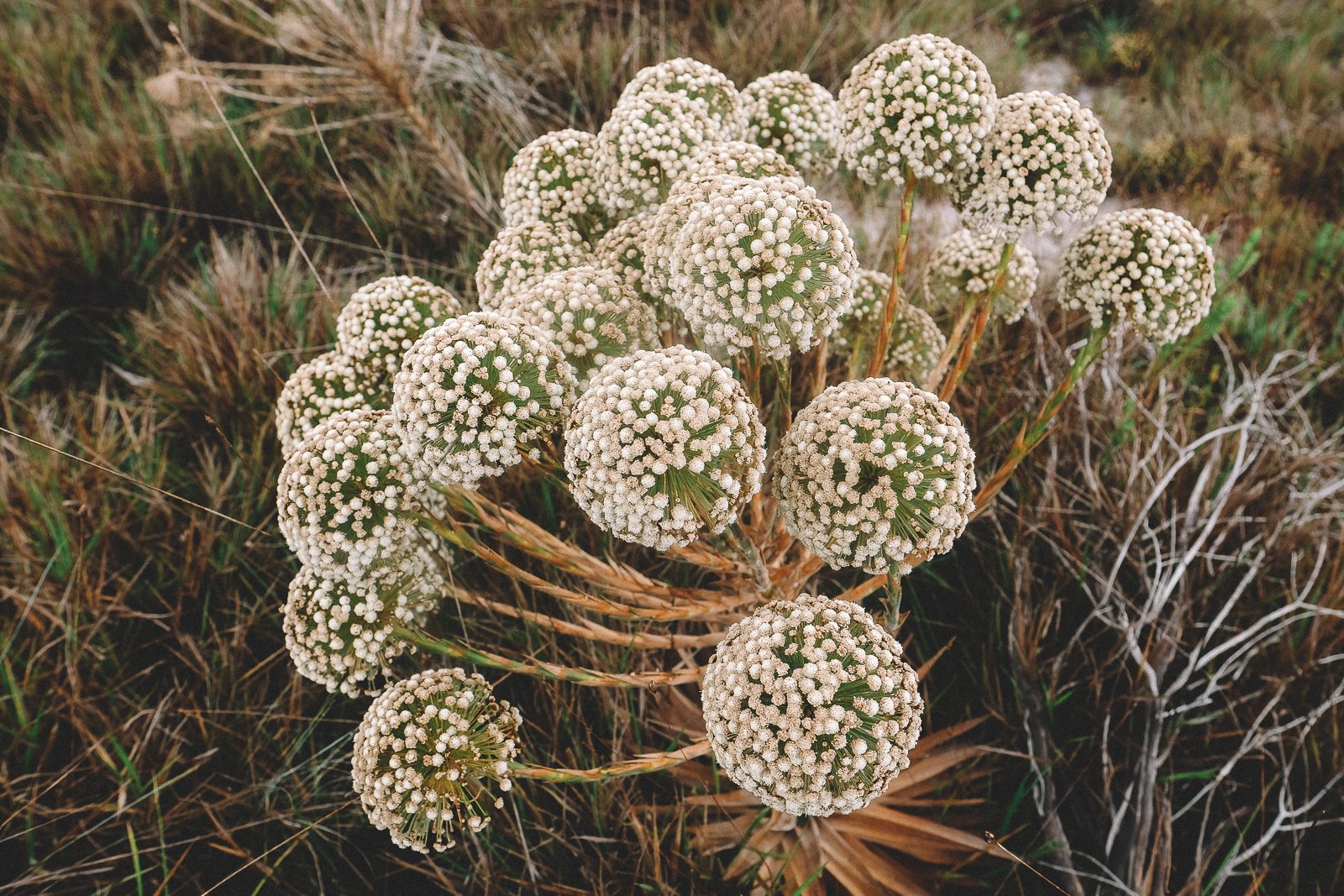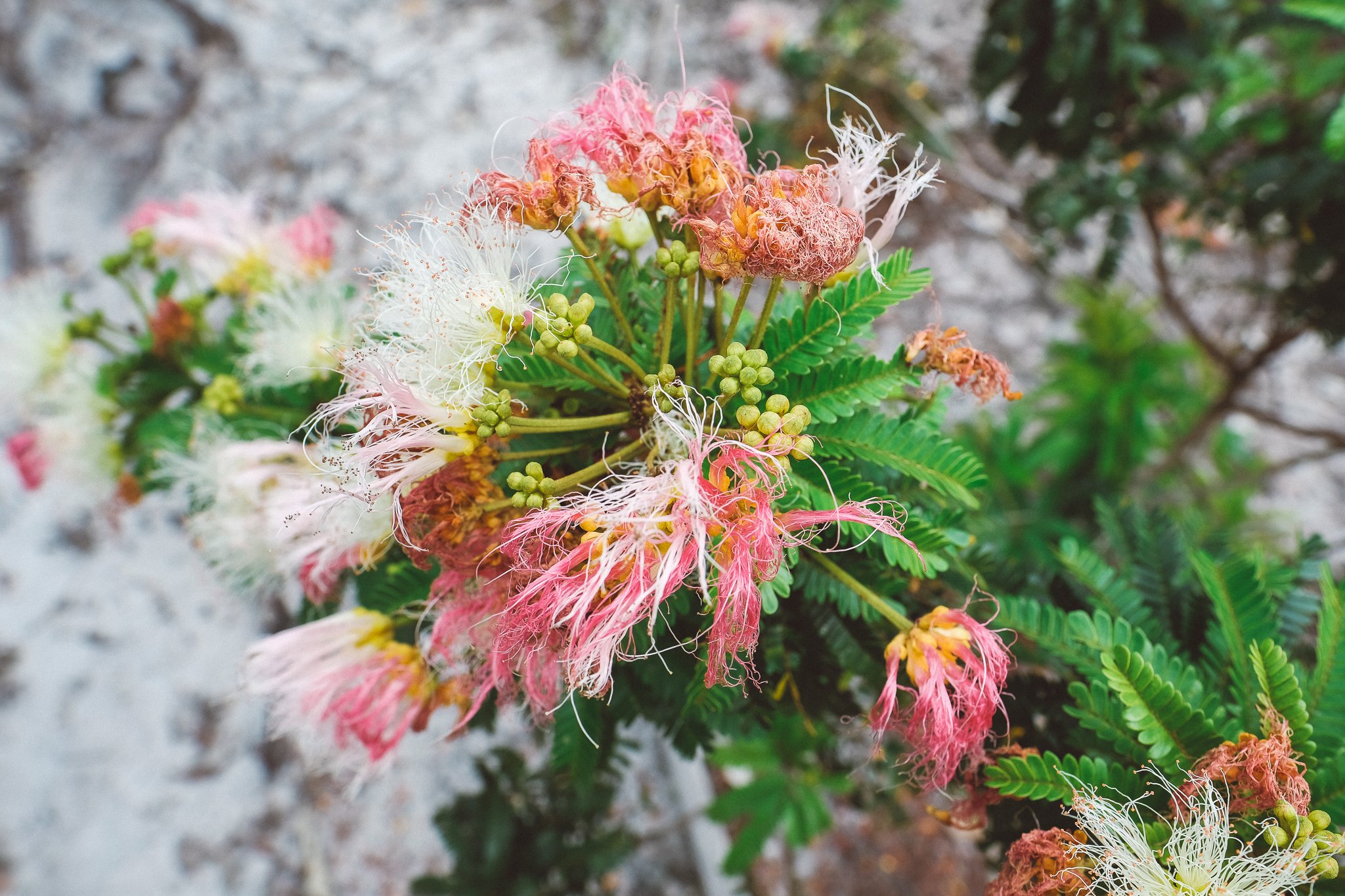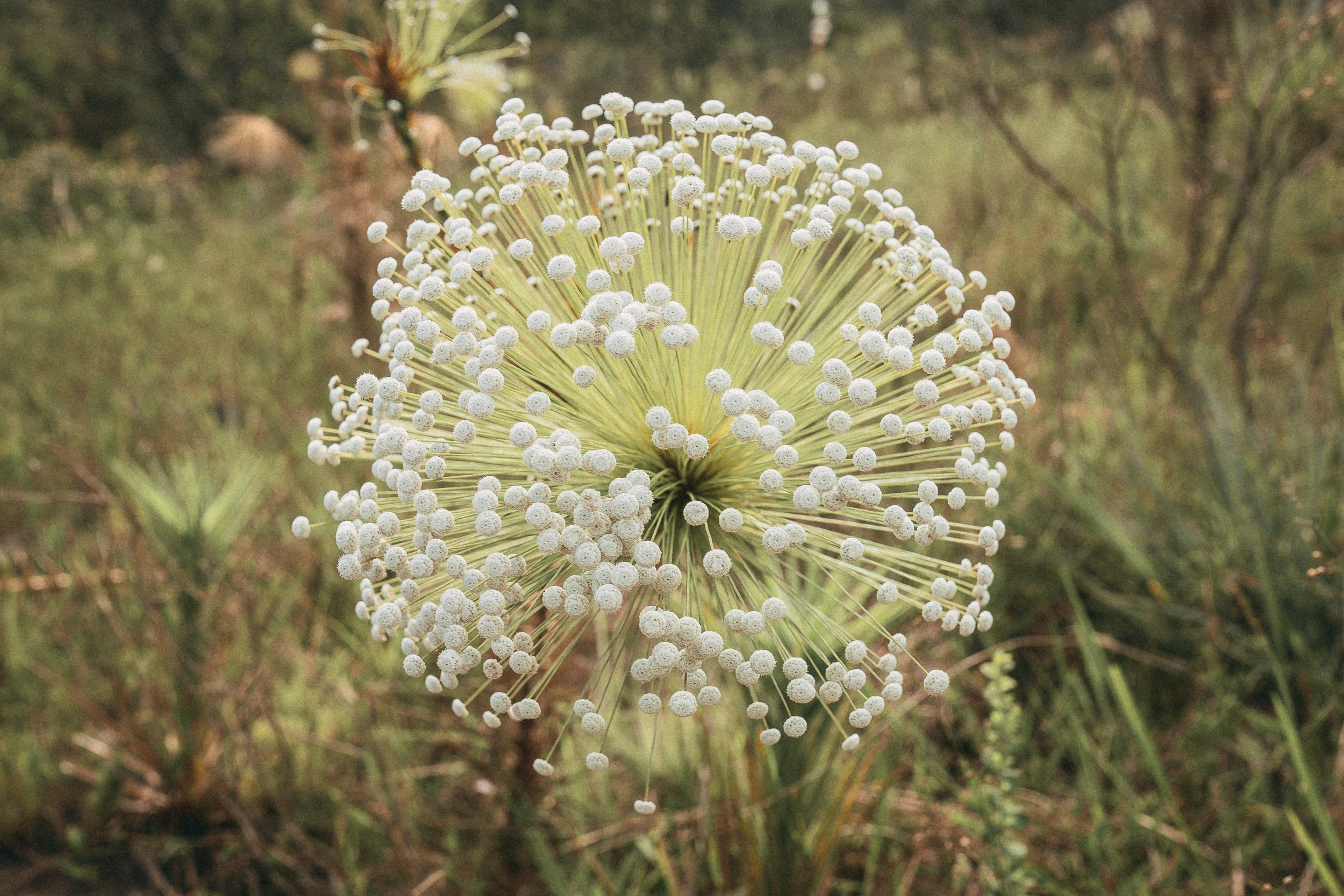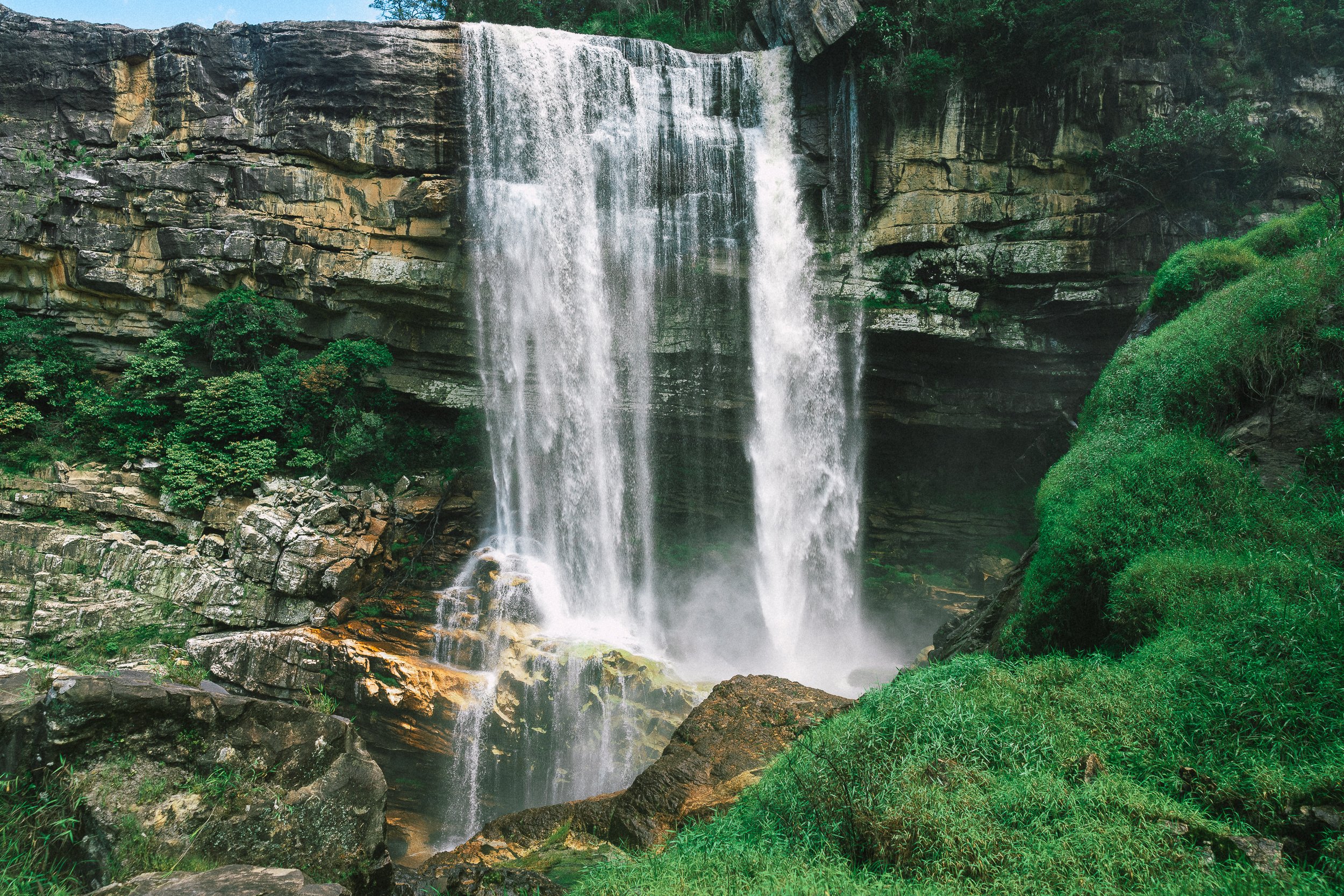
Nature
A Visual Guide to the Flora, Fauna, and Waterfalls of the Serra do Espinhaço
It’s difficult to overstate just how rich the Serra do Espinhaço Meridional (the geomorphological name for the rocky mountains surrounding Diamantina, in the state of Minas Gerais) is in terms of biodiversity. Brazil is the planet’s most biodiverse country, and the range is thought to contain over 7% of its species (3,000+ of which are endemic)… while accounting for less than 1% of national territory.
Sadly, the cerrado (one of 2 terrestrial biomes that call the Espinhaço Meridional “home”) is being deforested at a rate more than double that of the Amazon, and has experienced a pronounced decline in rainfall during recent decades.
Come for the Seussian gardens, white sand beaches, and flowing waterfalls. Stay for the sense of peace & wilderness.
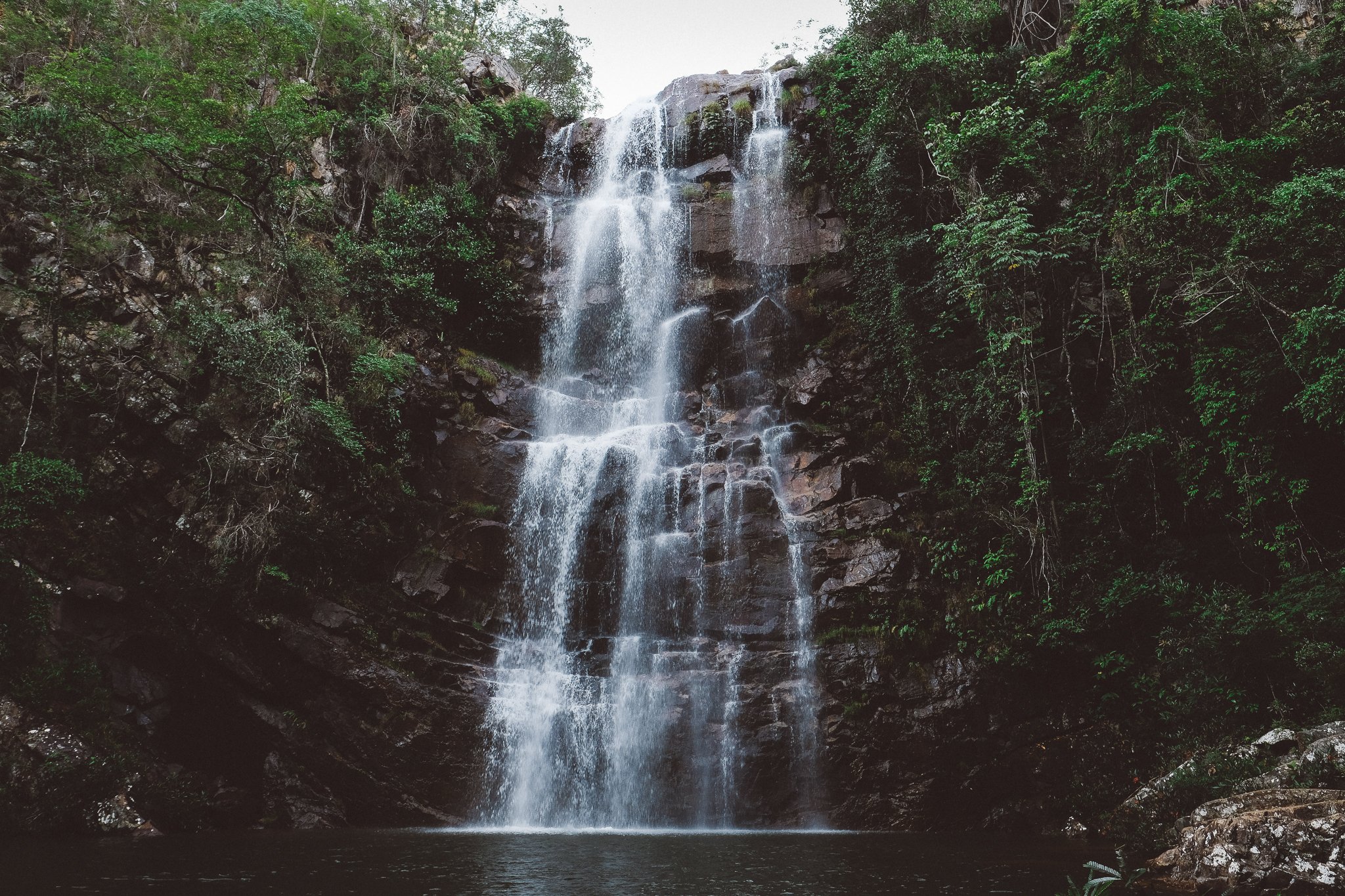
Fairy Falls. Conselheiro Mata
II. Waterfalls / Cachoeiras
Take it from us: attempting to count the waterfalls of the Espinhaço is an exercise in futility. Just as futile: trying to spend consecutive days on the trail without bathing in one.
There are literally hundreds—if not thousands—of waterfalls within a 50-km radius of Diamantina. We typically cross paths with at least one (and sometimes many more) per day during our trips. From soothing cascades to show-stopping masterpieces, and everything in between. “Ice-cold” has never felt so good.
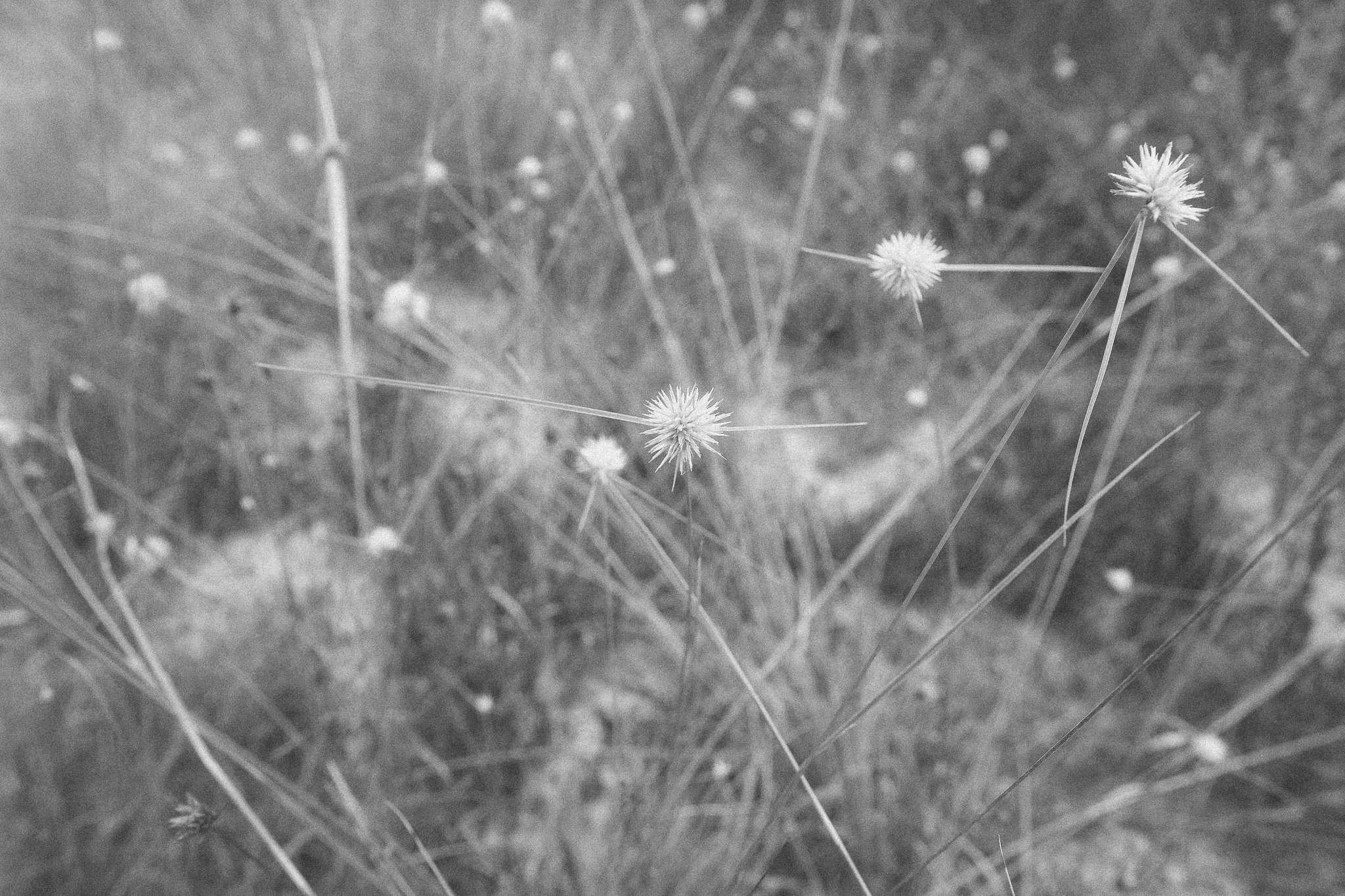
II. Flower-Spotting
The namesake flower of Sempre Vivas National Park is as inextricably linked to the history, economy, and identity of the Serra do Espinhaço as the diamonds that sustained the region before it. Sixty of the estimated 100 species in existence have been documented within the Park’s borders—eight of which are found nowhere else on earth.
With enchanting shapes that range from tiny buttons & stars to tree-like stalks with giant globes, “flower-spotting” has a way of making even the most arduous days on the trail joyous. We dare you not to get excited each time someone yells “paepalanthus”!

She who shall not be named.
III. MammaLs
The Atlantic Rainforest has mammals & trees. The Cerrado has . Of the XXX species…
III. A Tale of Two Biomes
The Amazon (rightfully) grabs most of the headlines, but Brazil wouldn’t be the most biologically diverse country on earth were it not for its plethora of other terrestrial ecoregions, including a pair of particularly prolific & critically endangered “biomes” whose paths cross in the Serra do Espinhaço: the Cerrado & the Mata Atlântica.
Trailing only the Amazon in terms of size in South America, the Cerrado (Brazilian Savannah) is the richest grasslands on earth, with more than 10,400 species of plants; 1,200 fish; 800 species of birds; 120 reptiles, 150 amphibians, 90,000 insects; and 200 mammals, accounting for approximately 5% of the species on earth and nearly a third of Brazil's total biodiversity.
The lush Atlantic Rainforest, meanwhile, harbors more than 20,000 species of plants, 2,000 vertebrate species, 1,000 species of birds, and 300 mammals.
The prolific levels of endemism witnessed in both biomes (particularly with regards to flora & insects in the Cerrado, and trees & mammals in the Mata Atlântica), and the existential threats faced by each, has led to their respective designations as global “hot spots”.
Biogeographically speaking, the Espinhaço is the tale of these two biomes. The range represents a unique & fascinating transitionary zone between them, not only because of its location at their longitudinal junction, but because its relatively high altitude results in even further elevated levels of endemism. The Cerrado’s campo rupestre ecosystem, for example, is found almost exclusively within the Espinhaço, and is often sited as being the single most biodiverse ecosystem in Brazil (one particularly eyebrow-raising statistic that’s begun circulating among Brazilian academics in recent years: the campo rupestre may account for as much as 15% of Brazil’s biodiversity, while occupying less than 0.8% of its national territory).
You’ll be able to witness the transformation and interplay between biomes & ecosystems throughout your Journey, particularly as we travel east-west (or vice-versa) between the native ranges of the Atlantic Forest and Cerrado. It’s a glorious thing to experience.









